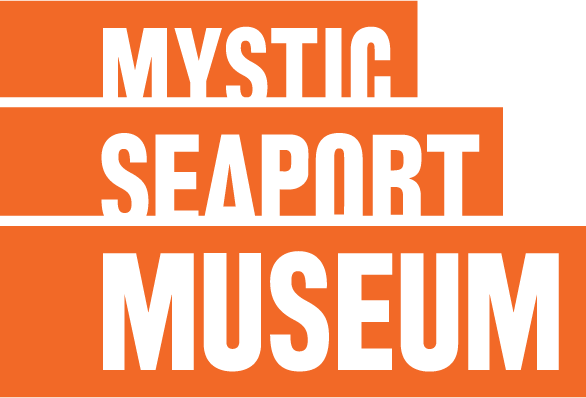The trick, for a maritime history museum staging a Halloween show, is not just to be scary, but to be accurately scary.
So says Denise Kegler, performance and gallery programs supervisor for Mystic Seaport, while chatting about the upcoming Nautical Nightmares: A Creature Among Us, the annual Halloween “traveling play” the Museum has been staging since 2015.
The original production, written and staged by Museum staff, volunteers, and local theater professionals, is this year based on Mary Shelley’s Frankenstein, itself celebrating its 200th birthday (Shelley wrote the book in 1817, and it was published in 1818). We won’t give away too much of the story except to say it involves a whaling captain back from a journey to the Arctic, a Creature, a bride, a heinous crime, and a plucky police matron intent on solving the grisly case.
Basing the program in classic literature “adds historic depth and provides us with authenticity,” Kegler says. “What I love is that we have the fantastical and the theatrical, but through accurate costuming, we root it in research and make it authentic. It has a sense of realism even though the story is fantastic or grotesque. We make certain that even though it’s a Halloween play designed to scare people, it lives up to the core values of Mystic Seaport.”
The event takes about an hour from start to finish, and progresses across the Museum’s 19 acres as the story unfolds. The police matron also serves as tour guide. The cast of 17 includes six tour guides, six scripted characters (the scary parts) and five supplemental characters, who add to the ambience of the story.
When the script was being written over the summer, it was originally envisioned to include the iconic mob scene from Frankenstein, complete with pitchforks and torches. Kegler said that plan changed in the wake of the white supremacist march in Charlottesville, VA, in mid-August that resulted in rioting and the death of one protester. “After the circumstance this summer, we wrote it out of the script,” she says. “It would be insensitive to do otherwise. The image of that mob has been changed forever.”
Costuming for the annual event relies on existing Museum stock and new creations. The “costume shop” at the Museum is home to dozens of circa late-19th-century outfits, from shoes to hats, for males and females, overseen by Rebecca Bayreuther Donohue in the Interpretation Department.
Auditions were held the last week of August, and a costumer was on hand at the try outs to take each hopeful’s measurements. The stock is then checked against the actors as decisions are made, so that once the roles are finalized, costumers know exactly what needs to be created and what can be reused.
Casting is confirmed about a week after auditions, and then each player must come in for his or her first fitting. What can be used from the existing stock is marked for alterations. The shop staff then get to work on the new costumes need to be created. This year the whaling captain needs an outfit suitable for a man just returned from the Arctic (complete with lots of faux reindeer fur). A mix of staff and volunteers work on the costumes. And those costumes take a beating, as there are seven performance days, and 16 shows each night.
“There are unique challenges and interesting elements that go into staging this every year,” Kegler says. “We use what we can from what we have and the rest we make from scratch.”


